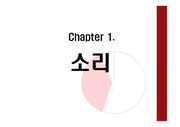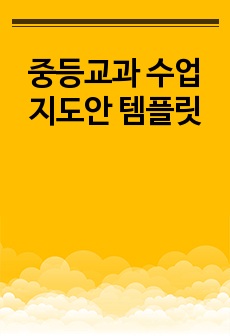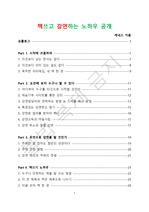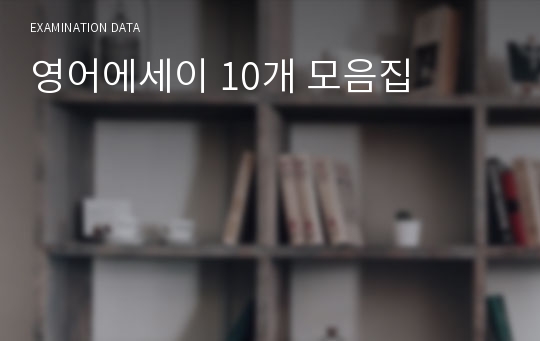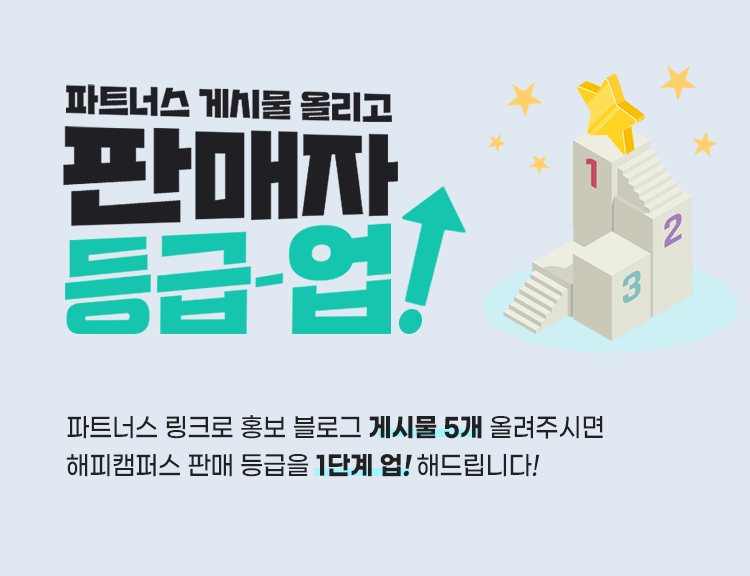소개글
아래 글들은 필자가 중앙일보 영어판 Joongang Daily에 연재했던 칼럼들 가운데 10개를 선정한 것으로서, 지난 2006년 12월에 출판된 「실전 비즈니스 영작」(매경바이어스 가이드)에 실린 6개의 칼럼집의 후속편이라 할 수 있습니다.여기서는 독자들의 이해를 돕고자 영어 칼럼 다음에 한글 번역본을 붙여놓았습니다. 물론 영어 칼럼을 문장 그대로 직역해놓은 것은 아니고 때로 영어 원문과 약간 벗어나는 경우도 없지 않으나 전체 아이디어에는 차이가 거의 없다고 할 수 있습니다.
영어든 한글이든 에세이 글을 쓸 때는 맨 처음 자신이 뭘 쓸 것인지 토픽과 자신의 입장을 정해놓고 글 맨 앞부터 자신의 주장을 분명하게 해놓고 시작하는 것이 좋습니다. 그런 식의 문장 전개방법을 “두괄식” 이라고 부르며, 대부분의 영어 글(특히 뉴스 롸이팅의 경우는 반드시 그래야 함)은 이런 두괄식을 사용합니다.
그러나 이런 두괄식 문장 글쓰기가 유일한 작문법은 결코 아니며 아래 사례들에서 볼 수 있다시피 처음엔 약간 일반적인 얘기(역사, 예화로부터 시작하는 방식)를 하다가 두 문단 또는 세 문단쯤 뒤에 본론으로 들어가는 것도 얼마든지 가능합니다. 여기서 요는 독자들이 지겨워하지 않고 계속해서 관심을 갖고 읽게 할 수 있느냐, 필자의 주장이 얼마나 분명하고 논리적으로 전개되고 있느냐 등에 달려 있습니다.
아무튼 글 맨 처음에 자신의 주장을 밝힌 후 이를 뒷받침하는 증거(사례, 통계수치, 전문가의 견해 인용 등)를 서 너 문단 정도 쓰는 것이 뒤따라야 합니다. 그리고 마지막 결론 부분에서 서론에서 언급했던 주제를 다시 한 번 강조해주며(반복이 아니라 ‘강조’라는 점에 주의!) 글을 끝맺으면 그럴 듯한 글이 나오게 되는 겁니다.
요즘에는 GRE, GMAT, LSAT, TOEFL, SAT 등 주요 영어시험에서 다 에세이 롸이팅을 요구하고 있으므로 영어 글쓰기의 중요성이 전에 비해 크게 높아졌다고 할 수 있습니다. 아래 샘플 에세이 글과 한글 번역본을 꼼꼼히 읽어보고 문장 구조를 어떻게 구성하고 있는가, 표현은 어떻게 써야 하는가 등을 생각해 본 후, 특정 주제를 잡고서 자신의 글을 직접 써보는 기회를 꼭 갖도록 하십시오. 이 문서의 총 분량은 56페이지입니다.
목차
도움말How to Make Korea-US FTA Talks More Productive
여전히 머나먼 한국과 미국 간 인식의 골
The Triumph of Connectivity: The Success Case of Cyworld
싸이월드의 성공과 웹 2.0의 정신
Is "Noblesse Oblige" Possible in Korea?
`노블레스 오블리제`를 제도화 하는 한 가지 방법
Nuclear Renaissance: What It Means for Korea
다시 각광 받는 핵발전
Change Looming over Iraqi Sky
이라크 철군과 미 주도 재건사업의 전망
Wal-Mart’s Departure and the "Localization Myth"
월마트의 실패 사례에서 무엇을 배울 것인가?
China`s Future Depends on How to Handle Its Youth Population
베이징의 젊은 청년들과 중국의 미래
China’s "Great Game" Plan in Central Asia
중국의 중앙아시아 패권장악 야망
Putin`s Russia and the Revival of Great-Power Geopolitics
러시아의 패권주의와 지정학 게임의 부활
Vietnam Standing Tall on the World Stage
세계 무대에 도전하는 베트남
본문내용
The Triumph of Connectivity: The Success Case of CyworldThe battle between communications providers and content creators has been as old as 100 years, since the invention of the telephone and telegraph at the turn of the century. The same is replayed all over again in an unlikely place, namely in Korea, where a few of erstwhile smallish Internet startups are offering innovative services such as ‘mini hompies’ and online cafés.
On March 23, Samsung Economic Research Institute held in Seoul a presentation session as part of a yearlong project to publicize successful digital business cases. The first at-bat was presented by the president of SK Communications Yoo Hyun-oh, whose company operates the Cyworld mini hompy.
Mr. Yoo explained that his company’s success had been due to its intense focus on strengthening already-existing human ties, rather than creating a whole new online relationship from scratch. What’s valuable in cyberspace is, he added, giving everyone the chance to have their own say, away from passively receiving professionally prepared contents.
This is just like what the father of World Wide Web Tim Berners-Lee said of the Internet: “[The
Web] tells me something about humanity.”
Since the advent of the popular Internet in the early 1990s, many self-proclaimed pundits have predicted that the Web would be taken over eventually by large media companies who have ample capacity to produce quality contents. The reasoning was that content, be it video streamings or news article databases, would be the major source that generates most traffic and garners the highest revenue on the Web.
The proponents of this argument aptly summarized by a slogan “content is king” would say, “What’s the use of high bandwidth if there is nothing to fill up the fat pipeline?” A similar sentiment was shared by Global Crossing CEO Leo Hindery who once said, "I don`t want to be anyone`s dumb pipes. If all you do is racks and servers, that`s dumb.”
But is it true?
Five years ago (in Internet time, five years are equivalent to a millennium), a University of Minnesota professor Andrew Odlyzko maintained in his article “Content is not king” that content has never been king and won’t ever be in the future. No matter how good the content is, he said, it is in many cases given away for free to generate more traffic, making it an unlikely candidate for money-making vehicle.
To support his case, Odlyzko draws examples from the history of past technologies. According to his account, the U.S. government in the early 19th century subsidized heavily newspaper distribution in the belief that wide dissemination of information would be the precondition for a unified nation. Meanwhile, person-to-person correspondence was charged at regular rate, resulting in a lopsided situation where newspapers accounted for less than 15 percent of total postal revenues, while making up as much as 95 percent of the freight weight.
참고 자료
없음이 자료와 함께 구매한 자료
 영어에세이 6개 모음집 40페이지
영어에세이 6개 모음집 40페이지 서강대 알바트로스 (영문 Essay) 예상기출문제 & 작성요령 6페이지
서강대 알바트로스 (영문 Essay) 예상기출문제 & 작성요령 6페이지 영작에 꼭 필요한 표현 모음집 75페이지
영작에 꼭 필요한 표현 모음집 75페이지 GRE 아규먼트 교재 91페이지
GRE 아규먼트 교재 91페이지 초등 독서논술 주제 및 제시문 5페이지
초등 독서논술 주제 및 제시문 5페이지












